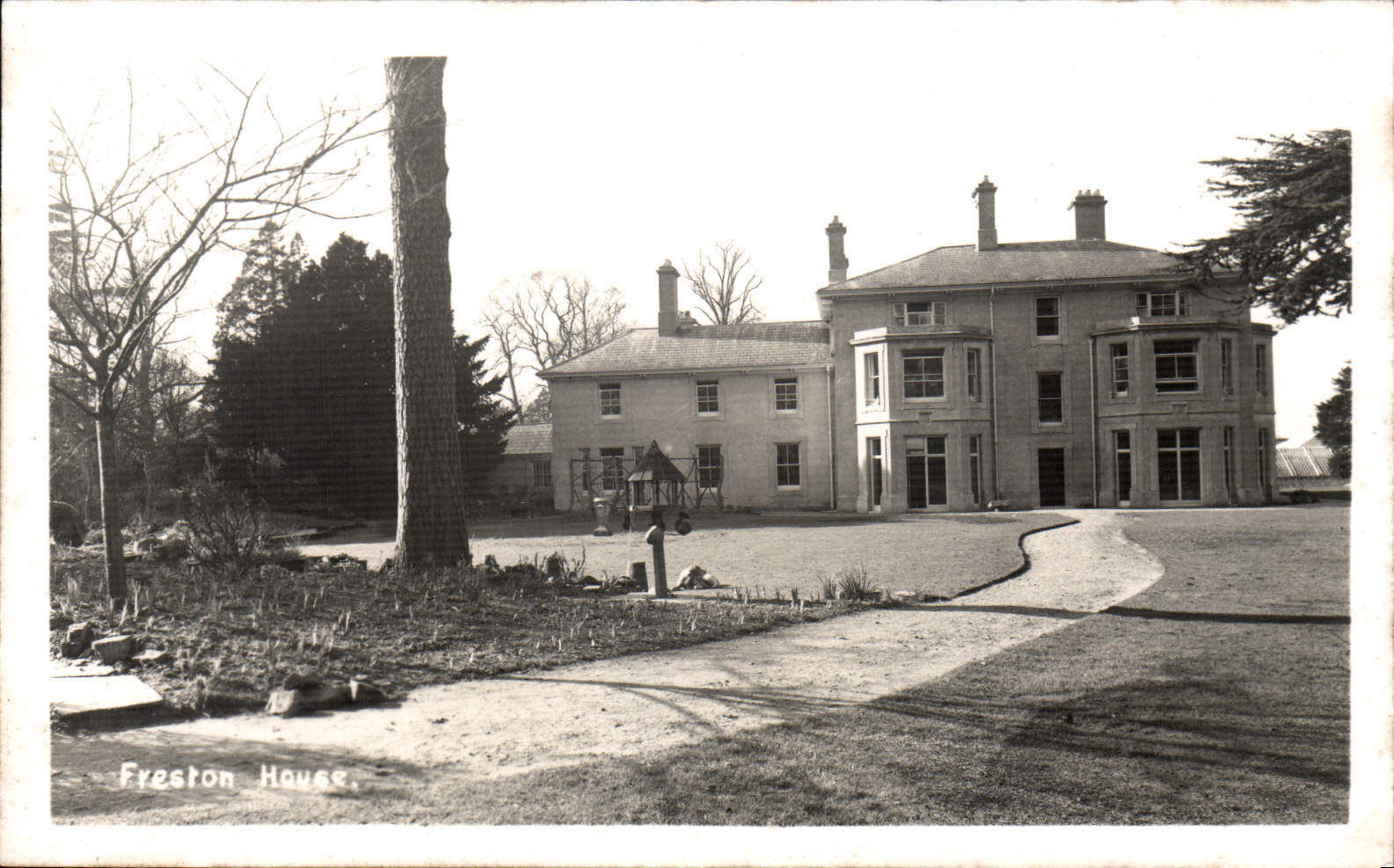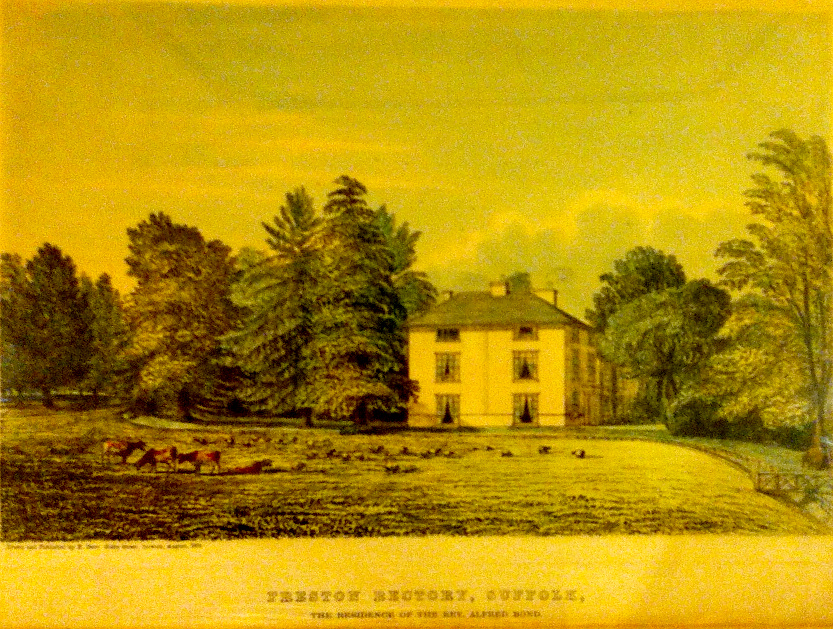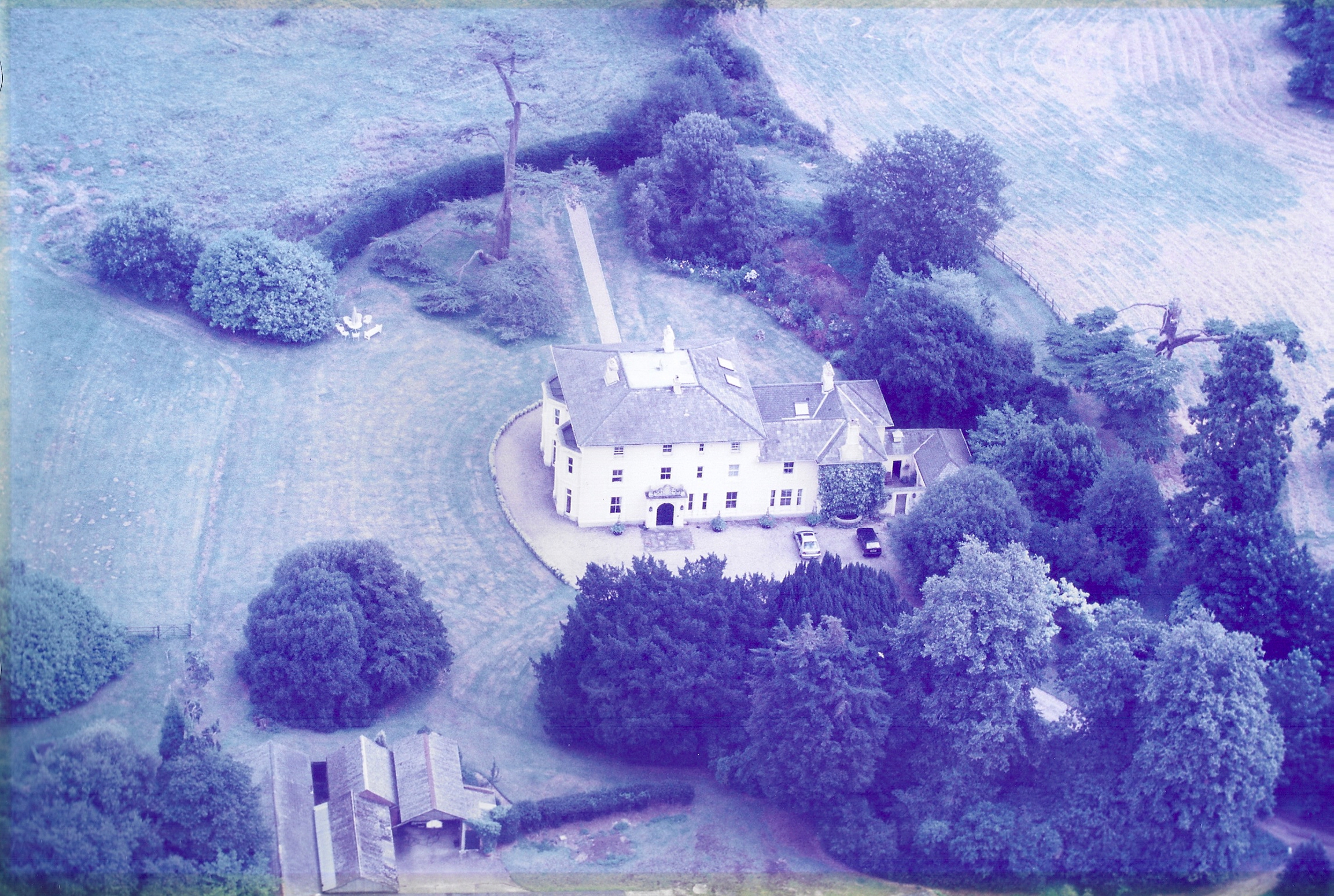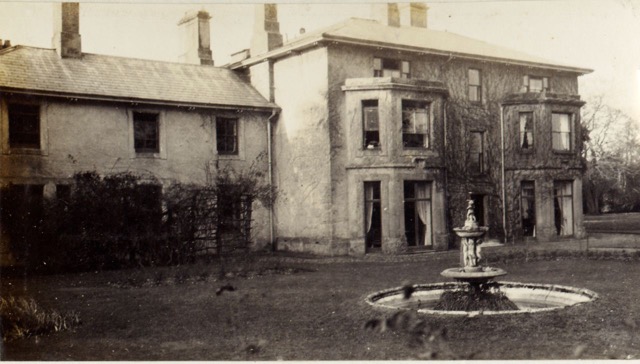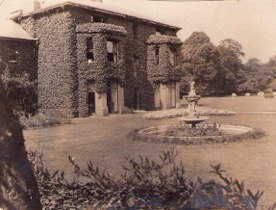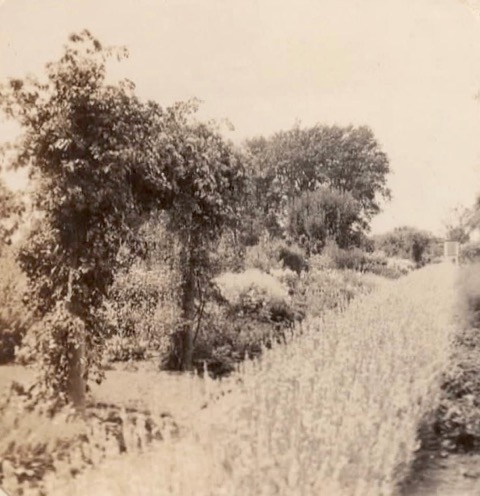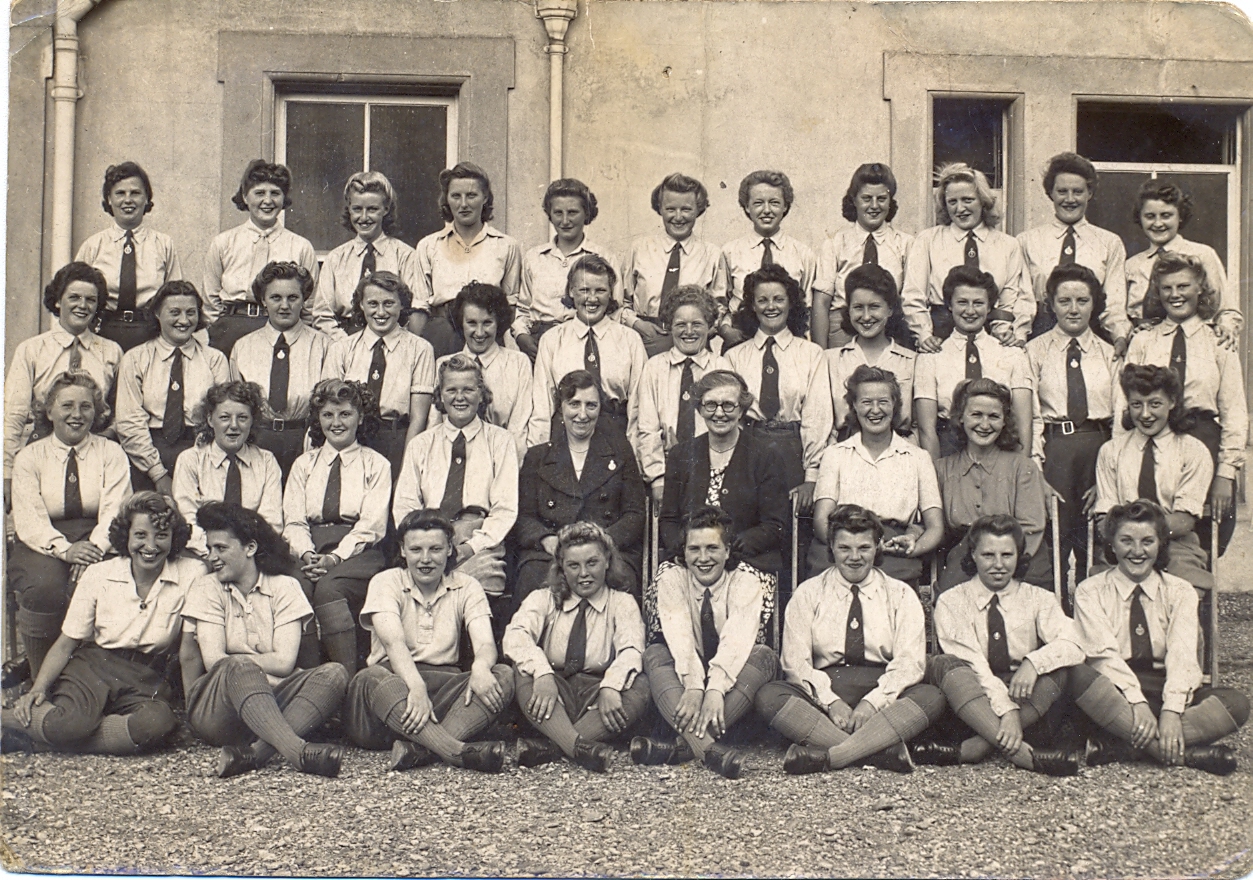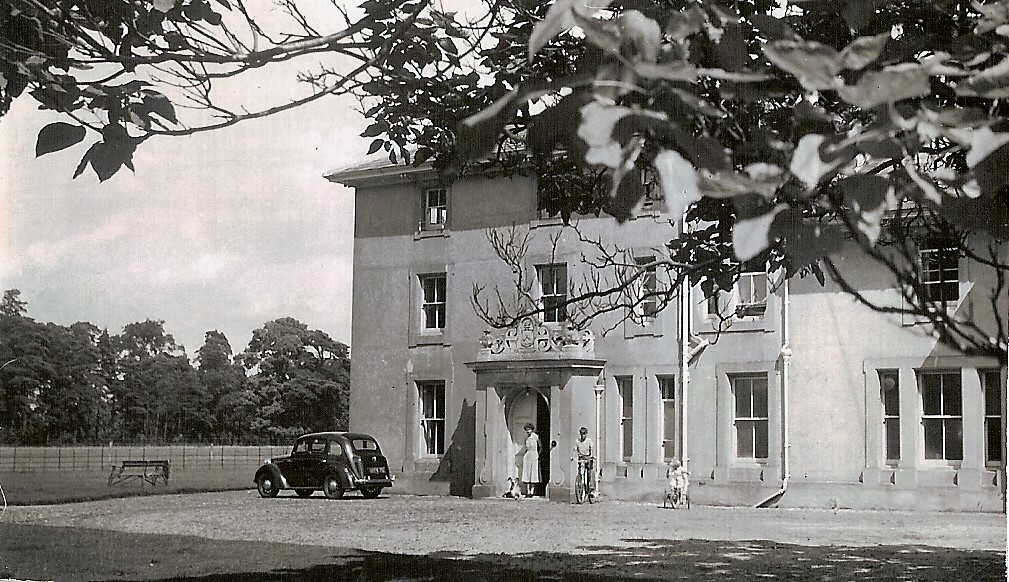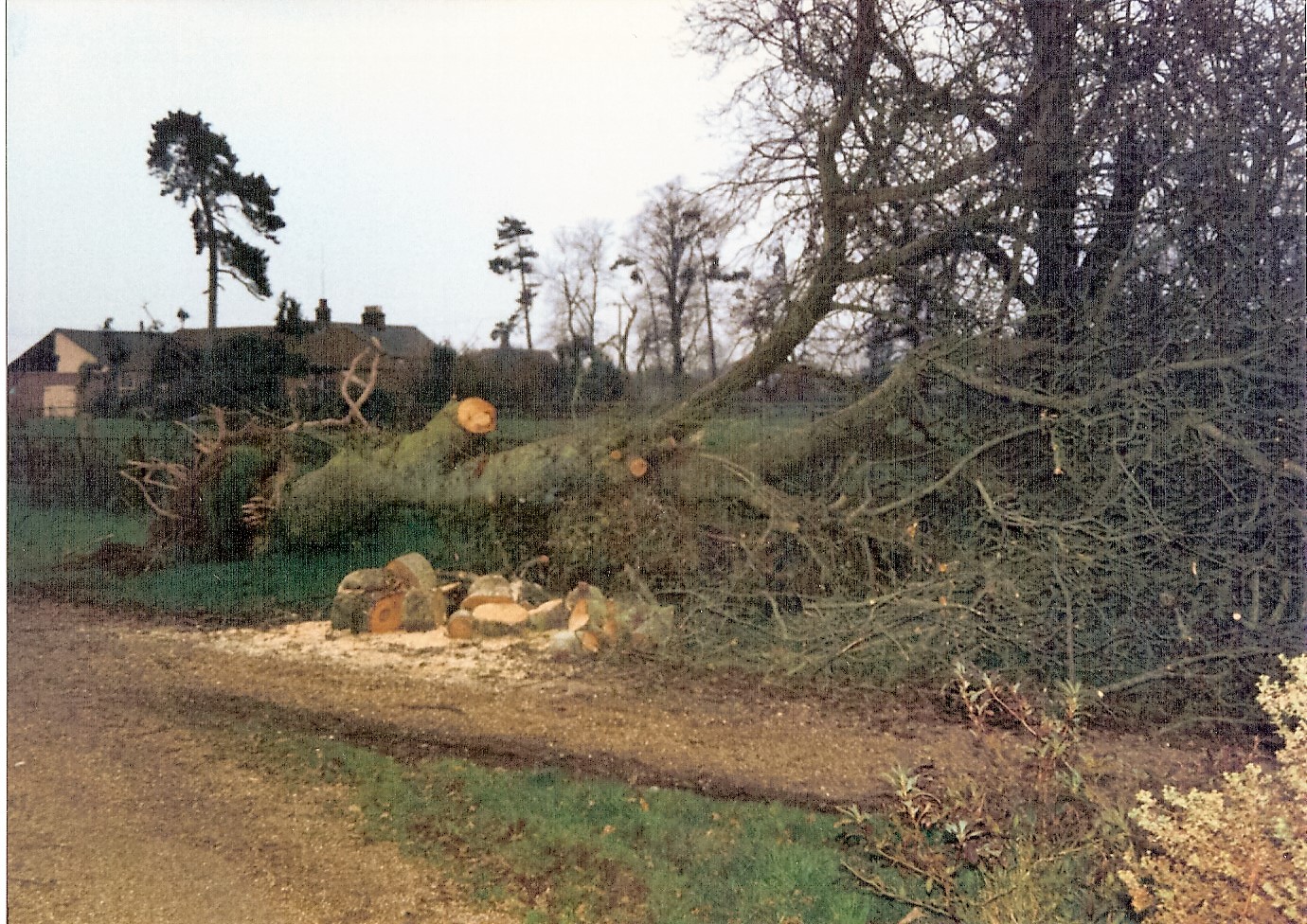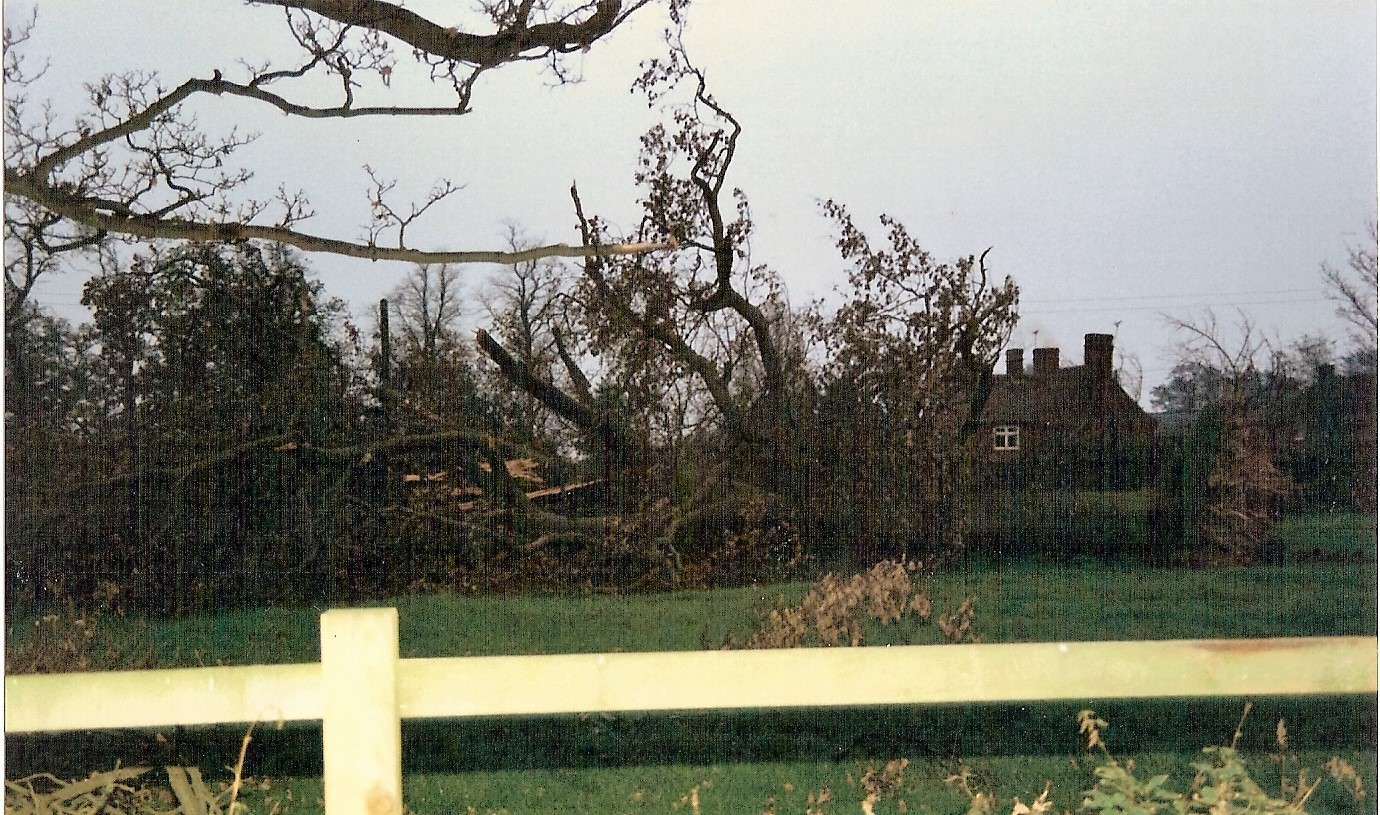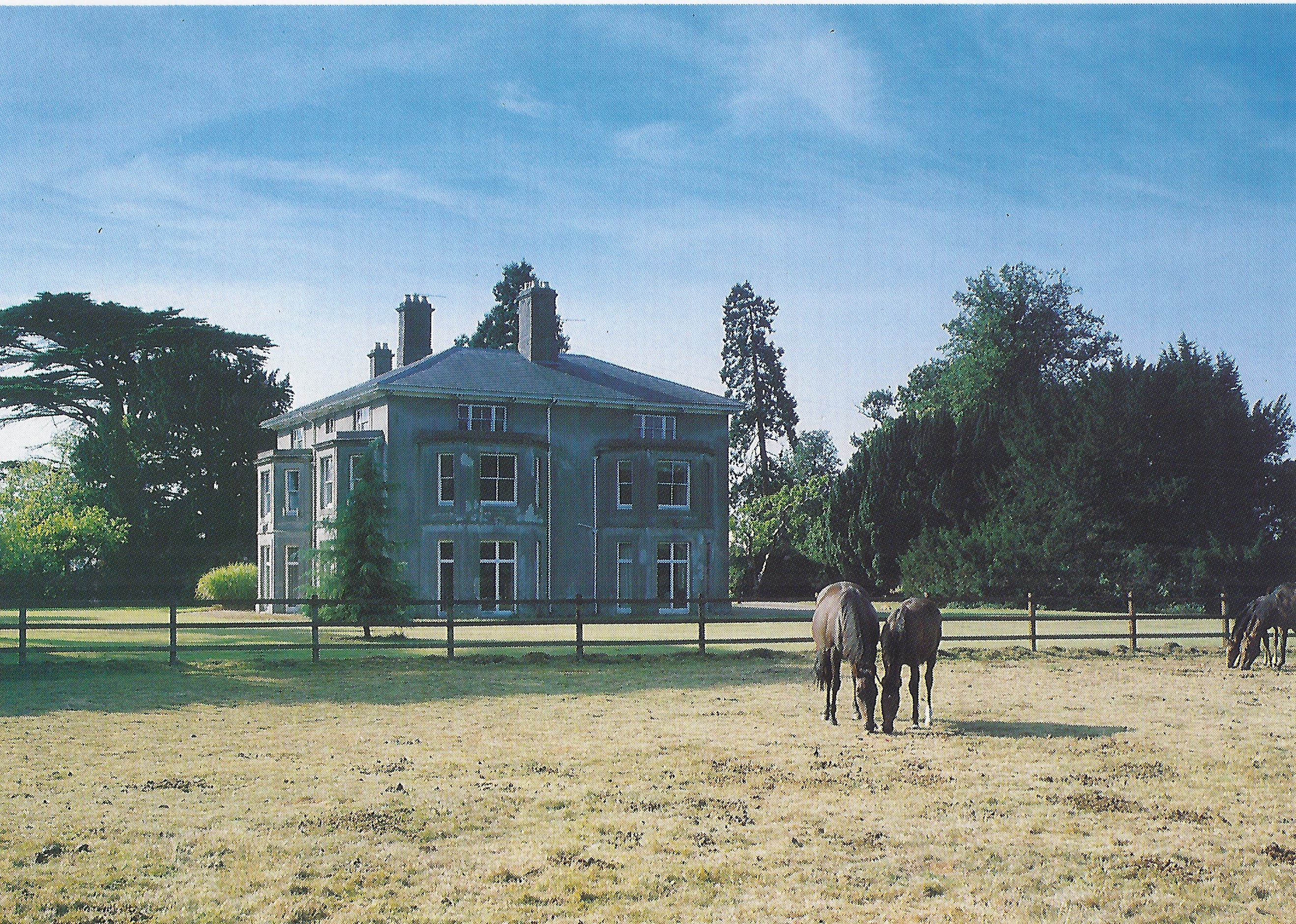The Rectory
The house as it stands today was built around 1845-50. One or two rooms appear to be significantly older than this, so we think that at least a part of the house may date back to the tudor period.
John Bond, who owned a lot of land in the area, built it as a Rectory for his youngest son, Alfred, who went into the clergy and became the Rector of Freston. The large bays at the rear and the side of the house, were added in 1870 as was the fashion at the time.
Early 20th Century
Sometime near the end of the 19th century, it was sold to a London banker, Herbert Jervis-White-Jervis, who had a staff of about 8 in the house. The 1901 census details his family including his four daughters, all born in Freston.
http://spw-surrey.com/fred/Freston01.aspx
Thank you to Mrs Victoria Parker-Jervis for kindly supplying the first 3 of the 4 pictures below & right and allowing us to use them.
The War
The Paul family bought the house, along with a considerable amount of land and other properties in the area, in the early 1930s. During WW2, the house was used as a hostel for the Women’s Land Army, a civilian organisation created during the First and Second World Wars so women could work in agriculture, replacing men called up to the military. We’ve been contacted independently by the relatives of two of the girls who worked in the Land Army during the War and lodged at Freston House. They both said what a wonderful time they had here in spite of the War.
Modern Times
Like many properties in the south of England, Freston House lost a substantial number of mature trees in the 1987 hurricane.
The house was bought about 25 years ago by a London banker who sold it to us in 2004. We’ve done a large amount of work to the house including building a large extension on the south side and, of course, have turned some of the paddocks surrounding the house into the more formal gardens you see today.


